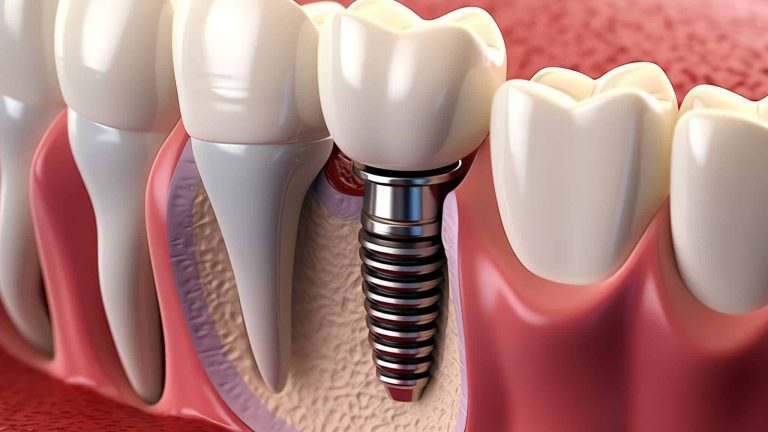Introduction
Orthodontics has come a long way since its inception. What was once a treatment limited to visible, unattractive metal structures now includes discreet and comfortable options such as clear aligners. This advancement has not only improved the aesthetics of treatments but also their effectiveness and accessibility. In this article, we will explore the evolution of orthodontics, the benefits of modern technologies, and how to choose the best option for you.
The Early Steps of Orthodontics
The history of orthodontics dates back to ancient times. Civilizations such as the Egyptians and the Etruscans already attempted to correct the position of teeth using rudimentary materials like gold wires and metal bands.
18th and 19th Centuries: Scientific Orthodontics
- Pierre Fauchard: Known as the “father of modern dentistry,” he introduced basic techniques for aligning teeth using simple devices.
- Edward Angle: In the 19th century, he developed the first classification system for malocclusions and designed more advanced appliances, marking the beginning of orthodontics as a specialty.
The Era of Metal Brackets
In the 20th century, metal brackets became the standard for orthodontic treatments. These devices, made of stainless steel, provided an effective solution to correct dental alignment issues.
Advantages:
- High durability.
- Ability to treat complex cases.
- More affordable compared to newer technologies.
Disadvantages:
- Visibility: Metal brackets are notoriously noticeable.
- Discomfort: The wires and brackets can cause irritation to the oral tissues.
- Dietary restrictions: Patients must avoid hard or sticky foods.
The Emergence of Aesthetic Brackets
In the 1980s and 1990s, advances in materials led to less noticeable brackets, such as ceramic and sapphire options.
Characteristics:
- Ceramic Brackets:
- Made from translucent materials that blend with the natural color of the teeth.
- Less noticeable than metal brackets, but more fragile.
- Sapphire Brackets:
- More durable and aesthetically pleasing than ceramic brackets.
- Highly discreet due to their transparency.
Limitations:
- Higher cost compared to metal brackets.
- Require more care to avoid staining.
Lingual Orthodontics: An Invisible Solution
In the 2000s, lingual orthodontics gained popularity as a completely invisible alternative. The brackets are placed on the backside of the teeth, making them imperceptible from the outside.
Advantages:
- Total invisibility.
- Effectiveness comparable to traditional brackets.
Disadvantages:
- Higher cost.
- More difficult to clean and maintain.
- May cause tongue discomfort.
The Revolutionary Change: Clear Aligners
The advent of clear aligners marked a radical change in modern orthodontics. Companies such as Invisalign introduced this technology, offering patients a discreet and comfortable solution.
What Are Clear Aligners?
Aligners are custom-made clear plastic trays that fit perfectly over the teeth. They are changed every few weeks to gradually move the teeth into the desired position.
Advantages:
- Aesthetics: Barely visible, making them ideal for adults and teenagers.
- Comfort: No wires or brackets that irritate the mouth.
- Removability: They facilitate oral hygiene and allow you to eat without restrictions.
- Digital Planning: Treatments are planned using 3D technology, providing a preview of the final result.
Limitations:
- Not suitable for extremely complex cases.
- Require discipline from the patient, as they must be worn for at least 22 hours a day.
- Higher cost compared to traditional brackets.
Comparison of Modern Options
| Characteristic | Metal Brackets | Aesthetic Brackets | Clear Aligners |
|---|---|---|---|
| Aesthetics | Low | Medium | High |
| Cost | Low | Medium | High |
| Comfort | Low | Medium | High |
| Complex Cases | Excellent | Very Good | Limited |
| Maintenance | Regular | Careful | Simple |
The Technology Behind Clear Aligners
The success of clear aligners is based on the advanced technology used for their design and manufacture.
- 3D Digital Scanning
- Captures detailed images of the mouth to create a virtual model.
- Simulation of Dental Movements
- Allows planning of each stage of the treatment and predicting the final result.
- 3D Printing
- Manufactures custom aligners with millimetric precision.
How to Choose the Right Treatment?
The choice of treatment depends on several factors, such as the complexity of the case, budget, and personal preferences.
Factors to Consider:
- Aesthetics: If you prefer a discreet option, clear aligners or aesthetic brackets are ideal.
- Budget: Metal brackets are more economical, though less aesthetic.
- Treatment Duration: Aligners are usually faster for simple cases.
- Professional Recommendation: Consult your orthodontist to determine which option is best for you.
Success Stories at Clínicas La Guardia
At Clínicas La Guardia, we have transformed smiles using cutting-edge technologies. One example is the case of an adult patient seeking to correct a crossbite without visible braces. With clear aligners, we achieved exceptional results in less than 18 months.
Conclusion
The evolution of orthodontics has opened up a wide range of options for patients of all ages. From traditional metal brackets to clear aligners, each technology has its own advantages and disadvantages. At Clínicas La Guardia, we are committed to offering personalized treatments that combine comfort, aesthetics, and effectiveness. If you are considering orthodontic treatment, schedule a consultation with us and discover the best option for you.




